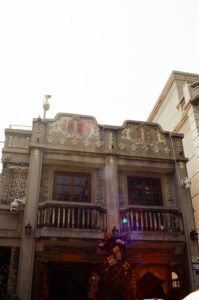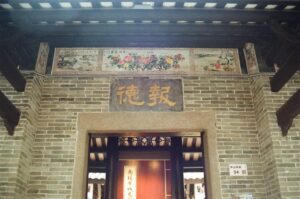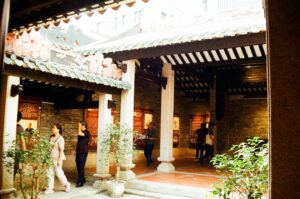Shenzhen Shorts – The Nantou Ancient City
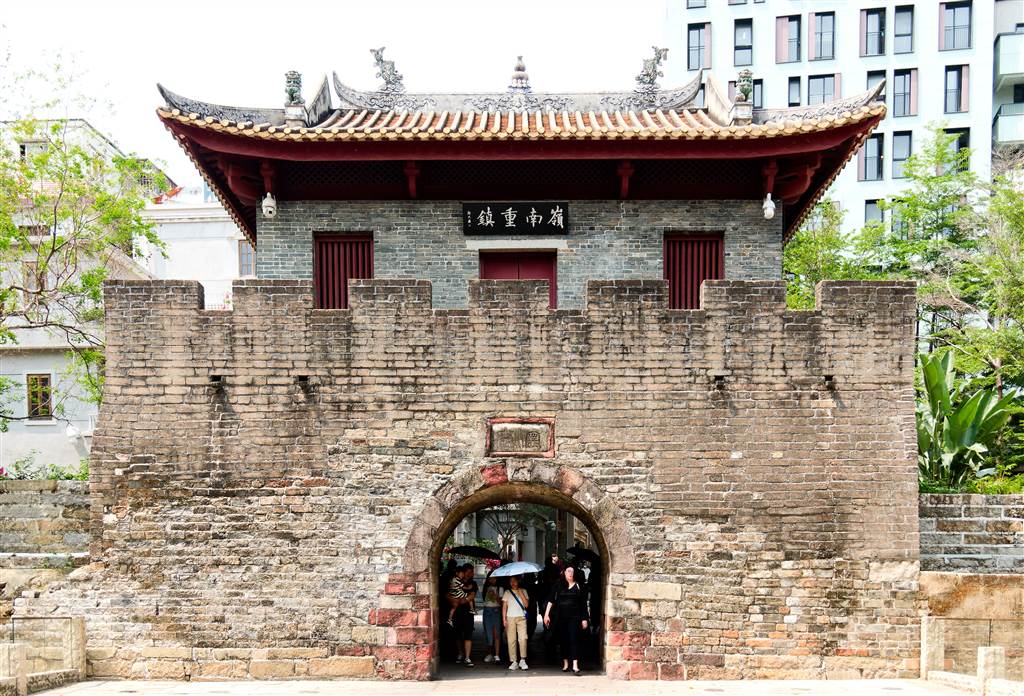
After the Gankeng Ancient Hakka Townlet and the Dapeng Fortress, the only ancient city left to visit in Shenzhen is the Nantou Ancient City.
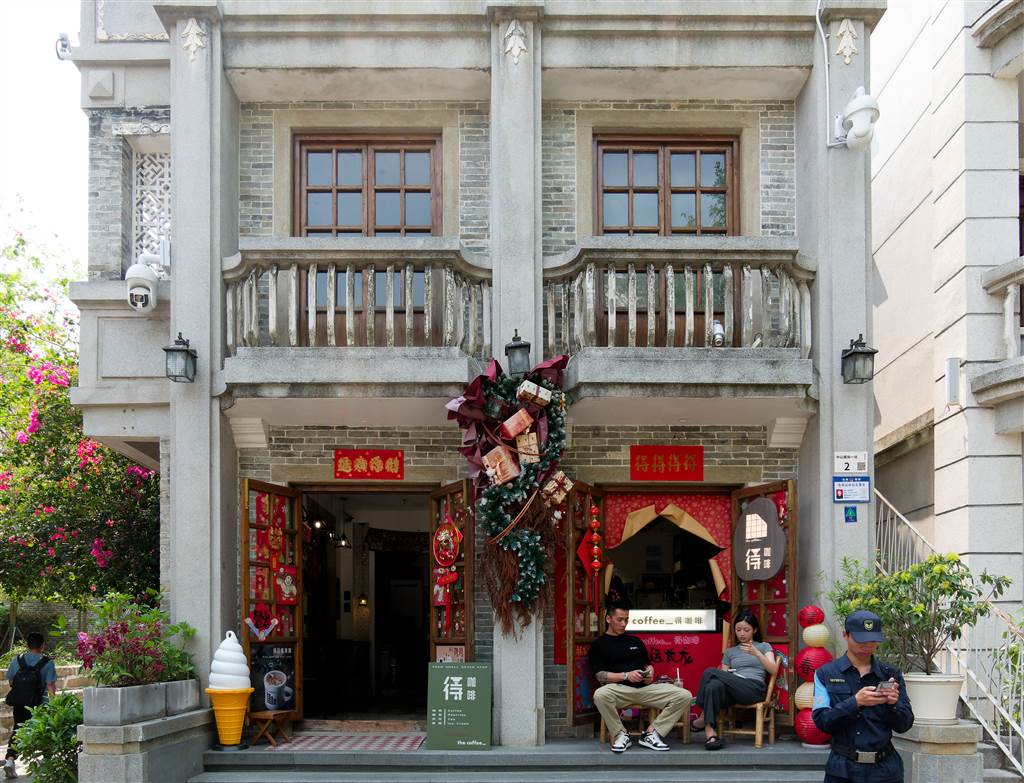
The History of Nantou Ancient City
The artefacts excavated in Nantou suggests the existence of settlement as far back as the Three Kingdoms period, some 1800 years ago. The city that has continued to this day was built in the 27th year of the Hongwu reign (1394) in Ming dynasty. The Nantou Ancient City was part of the efforts by China’s imperial government to ramp up maritime defense in Shenzhen during the Ming and Qing dynasties. Nantou served as one of the 24 defense outposts along the mountain ridges of Lingnan (southern China), and the Dapeng Fortress was another one of the 24. Of these defense outposts, only Nantou and Dapeng have survived the passage of time.
During the Wanli reign of the Ming Dynasty, Nantou was the seat of administration of the Xinan County. There is significance in this fact because Hong Kong itself was considered part of Xinan County during much of the imperial times. Therefore Hong Kong is featured in quite a number of historical exhibits in Nantou.
During the early Qing dynasty, many Hakka people settled down in this part of Shenzhen. Due to its coastal location, Nantou’s people engaged in all sorts of maritime trade, including fishing, oyster harvesting and salt drying. When Canton became the only trading port with foreigners in China during the Qing dynasty, Nantou experienced a flourishing development of trade, owing to the rise of the Thirteen Factories in Guangzhou.
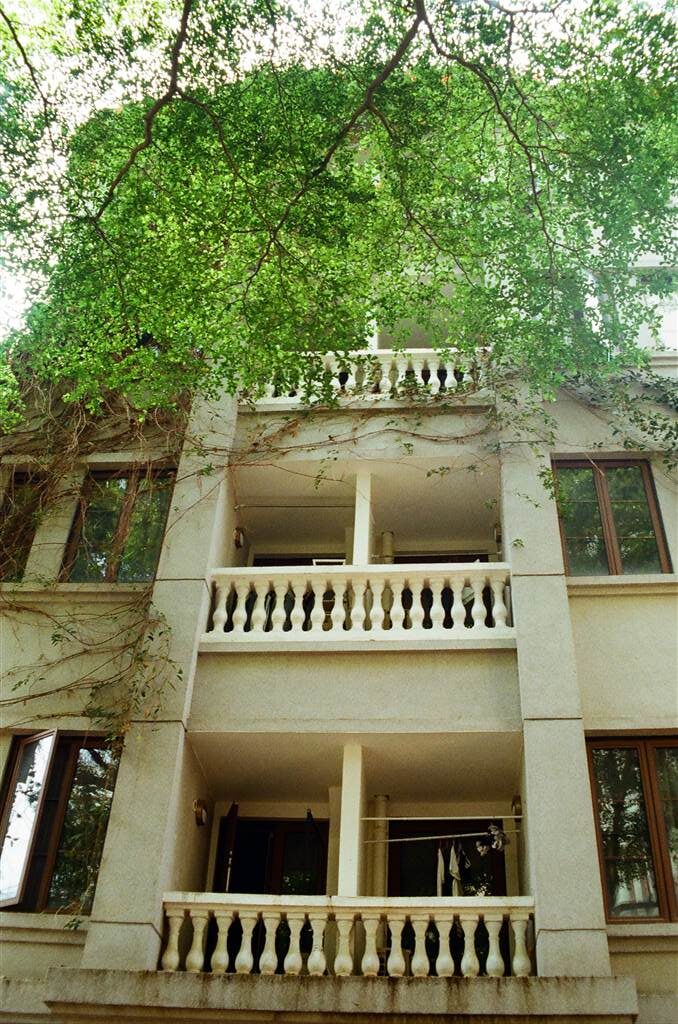
Impressions of the Nantou Ancient Town
It was with excitement that I arrived at the South Gate of the Nantou Ancient Town. Yet there were ways in which it surprised me in a not-so-pleasant way.
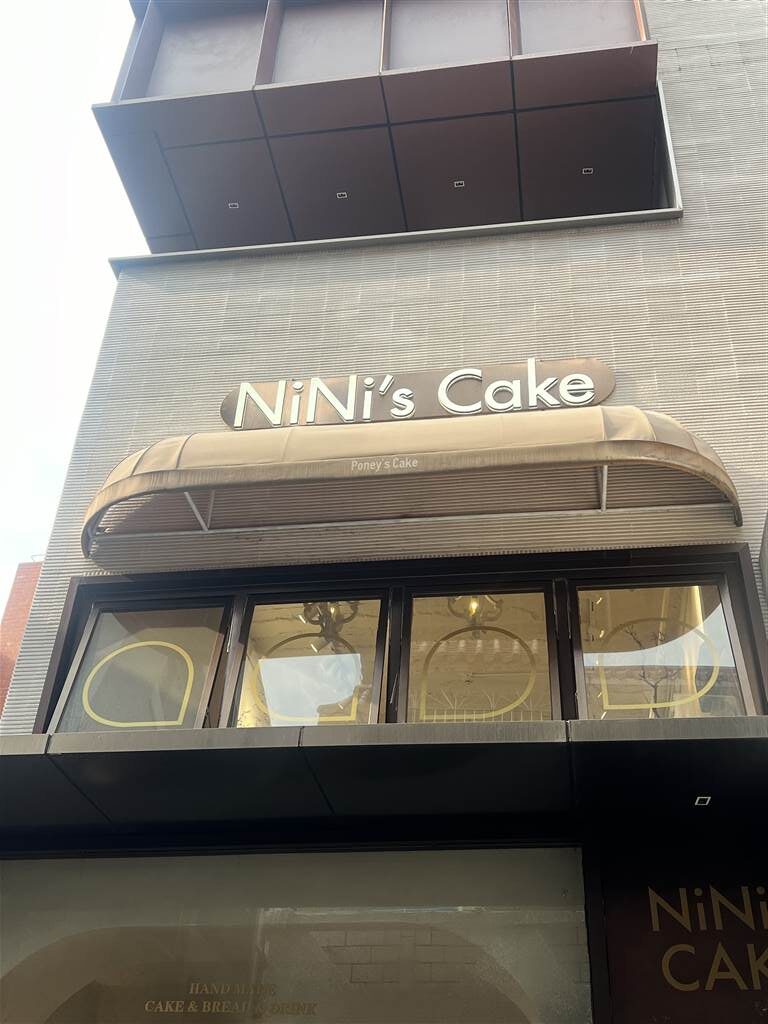
As compared to the Gankeng Hakka Townlet, which was mostly a migrants’ settlement for three hundred years, the Nantou Ancient Town exhibited a lot more modern elements in its restoration. Its whole character was more modern than it was “ancient.” I felt like I was simply walking inside a leisure area with some ancient characteristics. The same comparison goes with its historic counterpart, the Dapeng Fortress, which stood within a clear, enclosed boundary with mostly ancient structures throughout the area.
A Brief Introduction of the Historical Structures
The South Gate (Old Gate)
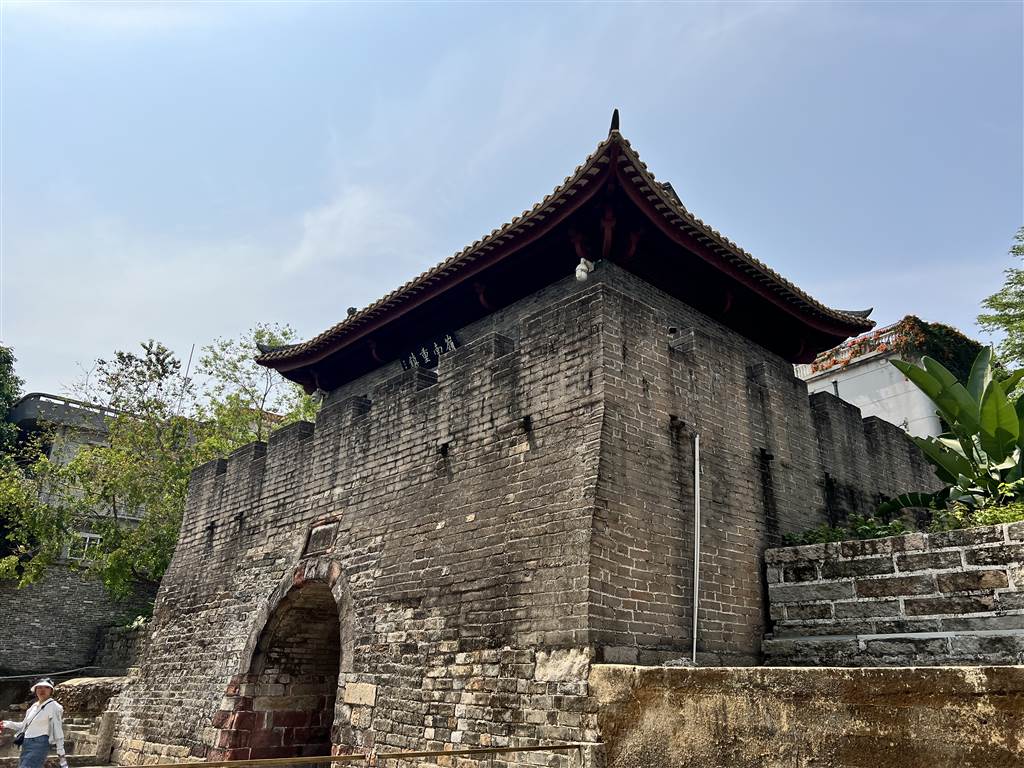
Photo: The plaque at the watchtower of the South Gate says “Lingnan Stronghold,” a testament to one of Nantou’s original role as a city of defense in China’s imperial times.
The South Gate (Old Gate) of Nantou was built during the early Ming dynasty and it did undergo restoration during the Ming and Qing dynasties. Lying at its foundation are granite slabs. There are brick layers covering the granite base. A brick structure on the second story served as the watchtower. Lying next to the wall is a ruins.
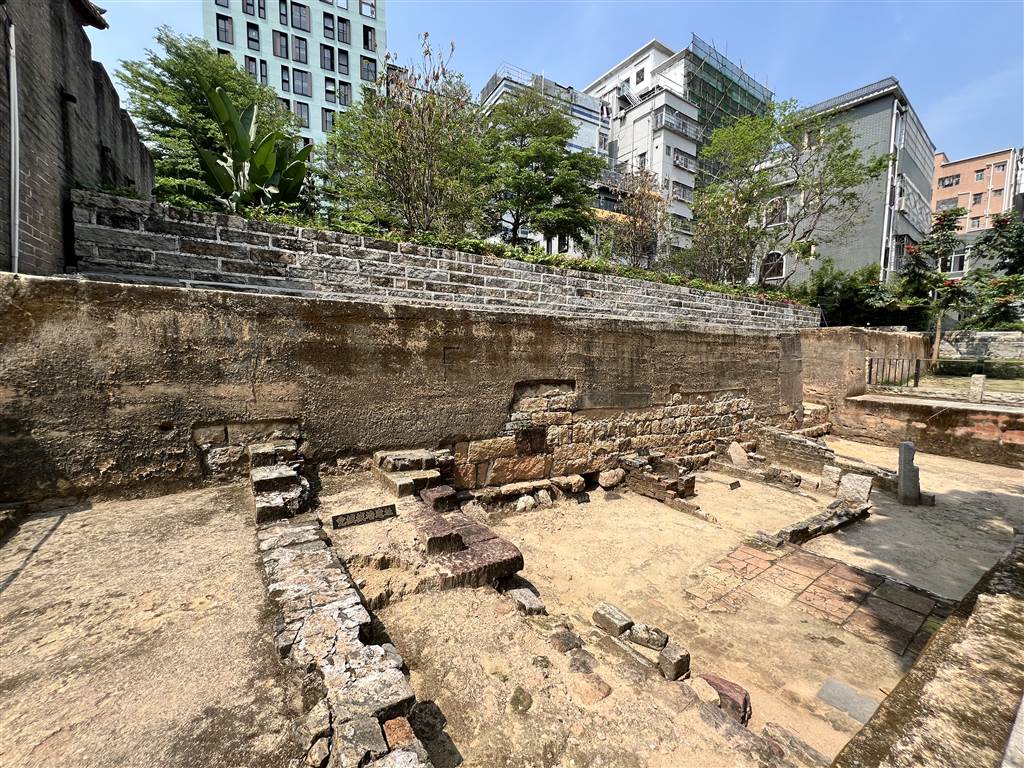
The Xinan County Government Office
The Xinan County was severed from the administrative jurisdiction of Dongguan in the first year of the Wanli reign (1573) in Ming dynasty. At the time of establishment, Xinan, with its Chinese characters meaning “new” and “secure,” bore the good will of the government as its name means “replacing the old with the new and turning the crisis into safety.” During the Ming and Qing dynasties, due to its role as an administrative seat of the government with a defensive purpose, the Xinan County Government Office was an extensive structure with 5 halls on its main axis and flanking courtyards on both sides. Now only the eastern courtyard has been preserved and it is open for touring.
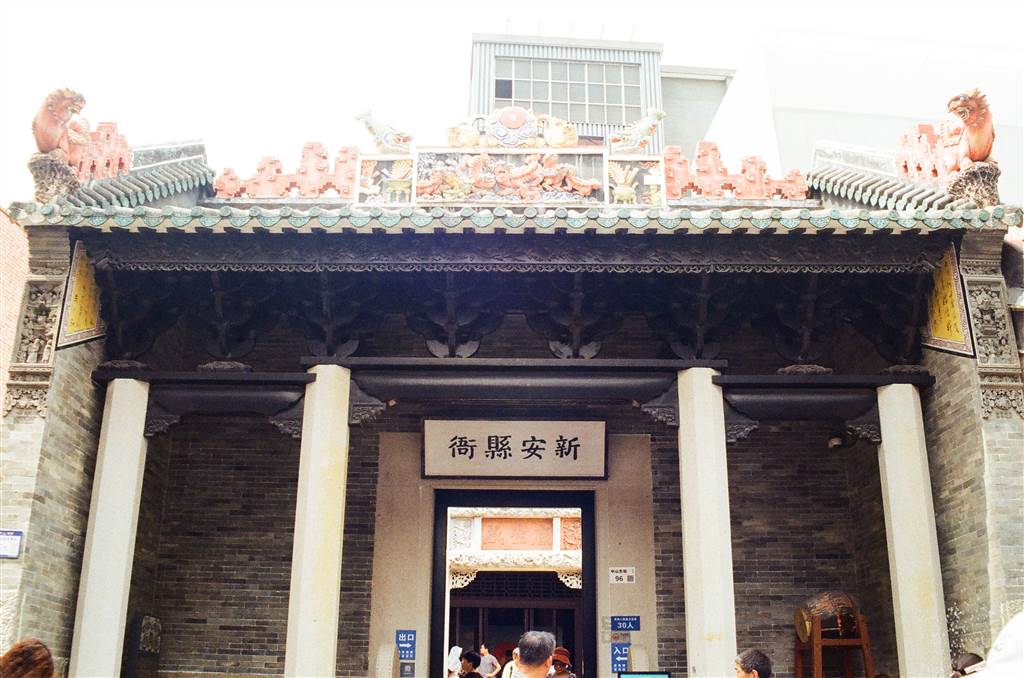
The Baode Ancestral Hall
In the 8th year of the Kangxi reign (1699), the coastal eviction edict issued by the Qing government was finally lifted. The displaced people formerly living in the coastal areas of southern China (pretty much all of Shenzhen and Hong Kong) could return to their hometowns. The Baode Ancestral Hall, meaning “Gratitude Temple,” was built in honor of the Inspector General of Guangdong, Wang Lairen, and the Governor-General of Guangdong and Guangxi Provinces, Zhou Youde. The people wanted to thank them for putting forth a formal request to the Qing government to approve a rebuilding of the Xinan County.
The Wen Tianxiang Ancestral Hall
At the Wen Tianxiang Ancestral Hall, Wen Tianxiang is celebrated for his patriotism to the Song dynasty. In Chinese history he was hailed as a national hero, who refused to capitulate to a new dynastic power and died as a result. His descendants had settled down all throughout southern China, and built this ancestral hall in his memory in Nantou. The first restoration of the ancestral hall took place in the 12th year of the Jiaqing reign (1807).
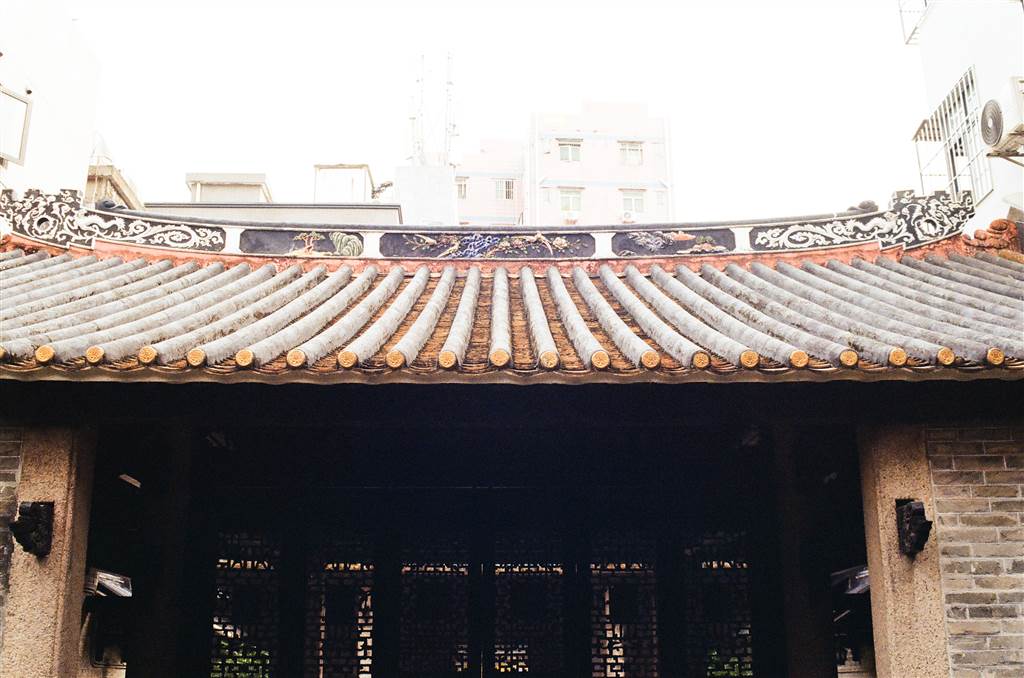
Some Exhibitions of Interest
The first exhibition that we came across was a digital rendition of a part of Nantou’s history, entitled Nantou 1820. It showcases a history of thriving commercial life in Nantou. The exhibition is held at the Nantou Digital Pavilion on Zhongshan Nanjie (Zhongshan South Street), and prebooking is required (you may do your prebooking right at the spot with your phone).
We then came upon another exhibition of ancient maps, although they are likely all repicas. Out of the exhibitions that we have seen in Nantou, that was perhaps the most interesting. We saw how historically Shenzhen and its municipalities are reflected and represented in the maps. The exhibition is on Zhongshan Xijie (Zhongshan West Street).
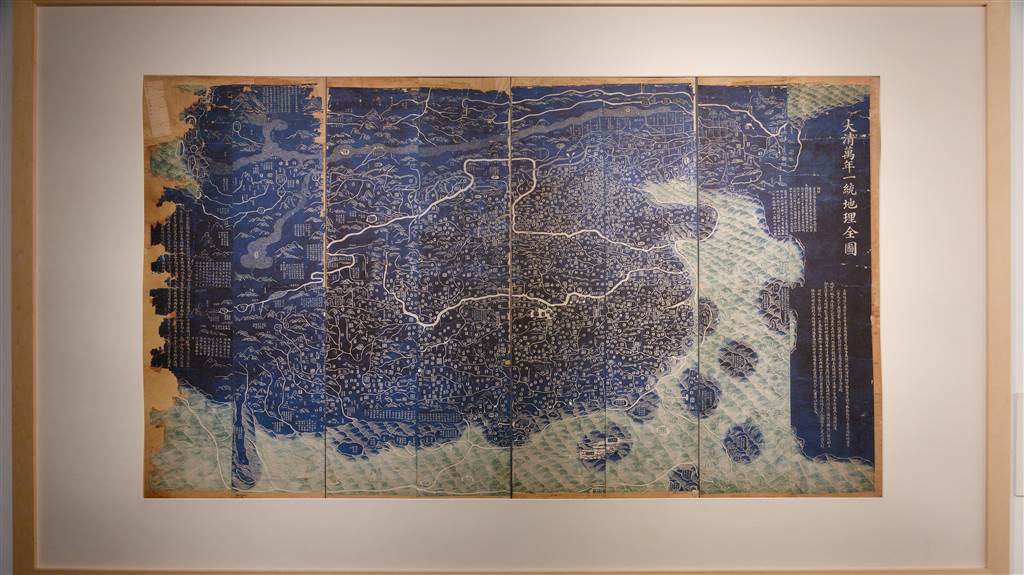
Finally, there is an exhibition showing the artefacts that were excavated in Nantou, mostly from the ancient graves. These exhibits show that there had been settlements here for thousands of years, way before the establishment of Nantou in Ming dynasty. I found the exhibits to be moderately interesting. This exhibition is held at the House of the Man’s (Wenshi Huazhai).
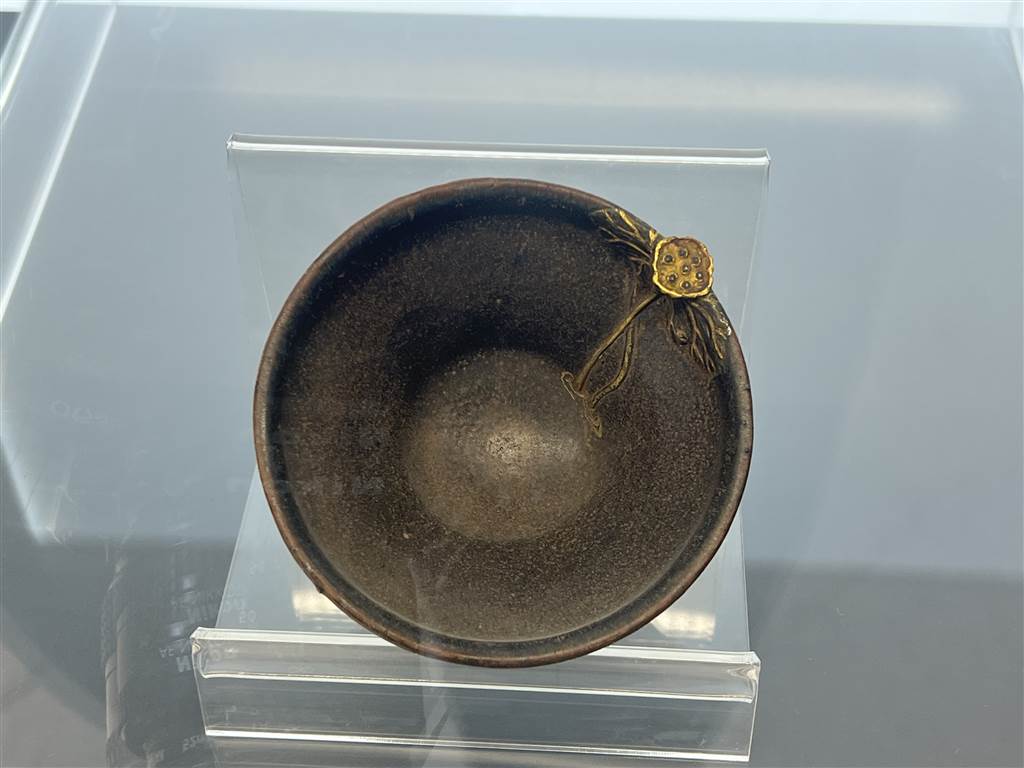
Note that the Museum of Nantou, like all others in China, are closed on Mondays.
All in all, the vibes there at Nantou were more modern than ancient. The experience at Nantou was not too bad if you care more about the leisurely aspects of touring an ancient city. It gets very crowded on the weekends as well, so do bear in mind.
Sources
Descriptions on site at the Nantou Ancient City.


